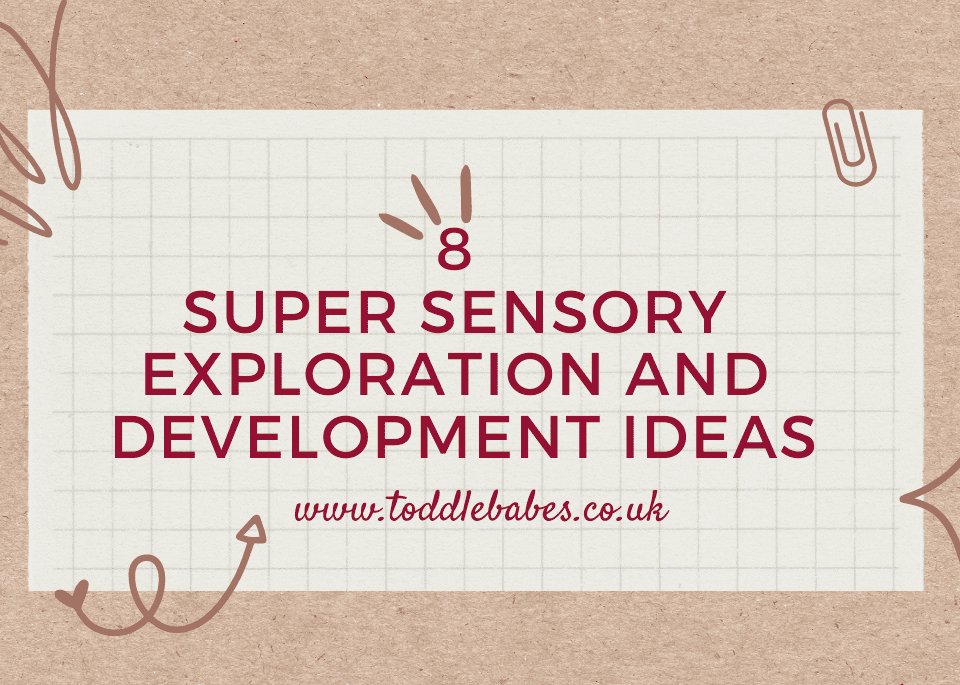
8 Things to Include in your Sensory Room

5 Simple Ways To Encourage Your Child To Love Music

Sensory play is an invaluable part of high-quality early childhood learning. A Sensory tray provides children with sensory materials which are used to enhance and stimulate their senses of touch, sight, taste, smell, and hearing. Using sensory materials gives children the opportunity for kinesthetic and self-directed play which encourages the development of:
Fine and Gross motor skills – Children are able to improve and develop their fine and gross motor skills through the manipulation of sensory materials – digging, pouring, molding, measuring, lifting, carrying, sifting, sorting, to name but a few.
Social development – If children are sharing a sensory tray, they will naturally interact with each other. This collaboration teaches them to share and cooperate while simultaneously giving them a chance to build their vocabulary and communication skills. Because of the nature of sharing at a young age, they also learn and practice effective ways to resolve conflicts among each other.
Creativity – Through sensory play children may experiment with an interesting variety of materials in novel and creative ways. When adults step back and allow uninterrupted play , creativity is able to flourish. Children feel empowered to use the materials as they like and are able to enjoy the process or creating rather than being worried about end product.
Self-esteem – As children see their plan or decisions about the materials become reality through their actions, self-confidence and positive self-esteem grows. In the absence of adult directed activity, children have the opportunity to choose on their own what they plan to do and how they will accomplish it. When they achieve what they set out to, there is a great sense of fulfillment and satisfaction in their own ability.
Cognitive development – The skills of observation, experimenting, and finding solutions to any problems that crop up while playing with the sensory materials are given a chance to develop. They learn to count, group, sequence, construct and measure without any formal directed adult led input. These skills are essential for more formal learning when they reach school going age.
Sensory trays help enhance all the senses and provide an educational self-directed play time. Take a look at our Autumn/Harvest Tray ideas for inspiration:
Things to include in your sensory tray:
- oats
- rice
- seeds
- nuts (if no risk of allergy)
- acorns
- leaves
- twigs
- pine cones
- cinnamon sticks
- seasonal fruits (choose hardier types like apples)
- Toy squirrels, foxes, owls, hedgehogs
- Straw
- A small scarecrow
- Cloves
- Conkers

Related articles across the web

I am a preschool and primary school teacher and mum to 3 children. I have been involved in education since 1997 and have trained in a variety of educational specialist areas. It is with this expertise that I write articles to help parents and educators provide quality learning experiences for the children in their care.




